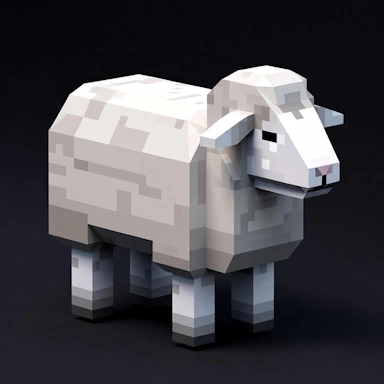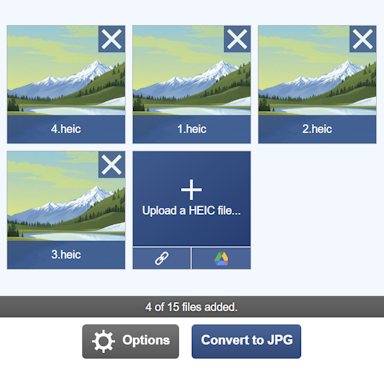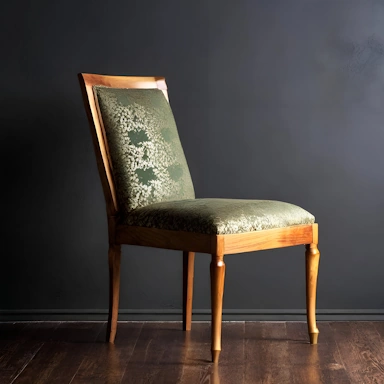A Comparison of JPG and AVIF File Formats
Here we take a look at the image file formats JPG and AVIF and examine the features of both formats and also when one format would be preferred over the other. We touch on some technical details, but this is by no means meant to be an exhaustive comparison. For detailed information about both formats, please check out the excellent articles on Wikipedia for JPG and AVIF.
Structure
Both formats store full-color image data in a highly compressed format. The specific compression algorithms used by each format differ, with the AVIF format edging out the JPG compression algorithm when it comes to quality/compression ratio.
The JPG format was originally designed to store full-color photo images in a relatively small file size, which meant it quickly became somewhat of a standard for distributing such images on the internet. The AVIF format improves on the JPG format in many ways and is also growing in popularity to become a next-gen internet image format.
Supported Color Formats
AVIF and JPG formats both support full (24-bit) color images, with AVIF also capable of storing alpha/transparency data. The ability to store an alpha channel within an AVIF file is a major improvement compared to JPG when it comes to storing images where transparency is a must.
A JPG file of some rain pots using 90% compression quality
A JPG file of some rain pots using 15% compression quality
Some pixel art saved as an AVIF file
Editing
Most, if not all, image editing applications support JPG due to its age and industry-wide adoption. This stands in contrast to AVIF, a relatively new format that has not yet garnered the same widespread support in image editors. However, due to the obvious advantages of storing images in the AVIF format, support for AVIF among image editing applications continues to grow.
File Size
Although both formats implement excellent image compression, which is necessary to reduce the size of the file, the precise algorithms used by them differ. JPG files use an older algorithm named simply the JPEG compression algorithm, which, due to advances in technology and understanding of image compression in general, has been surpassed by the AV1 algorithm used in AVIF files. The AVIF format offers smaller files at roughly the same image quality as JPG files.
Compatibility
As the JPG file format has been around for much longer than the AVIF format, support for JPG files is more widespread, with support for JPG files often implemented at the operating system level, meaning you do not need any specialist software to open and view JPG files. AVIF files are a more recent addition to the array of possible image formats, so in some environments, specialist software may be needed to view these types of files. If you need to open or convert your AVIF files, please refer to our AVIF converters section for a list of such conversion tools.
Summary
If you are looking to save an image to one of these formats and your image contains opacity (transparency) information, then AVIF is the format to use. AVIF is also the preferred choice if your image is to be used on a website, as AVIF files are generally smaller than an equivalent JPG file and the AVIF format is now well supported by all web browsers.
If you are looking for maximum compatibility with image software, whether that's image viewers or editors, then JPG will be the better option.







